Cheesy, creamy, and perfectly decadent, potatoes au gratin is the
side dish we turn to for practically every holiday. Thinly sliced potatoes are baked with a creamy garlic mixture and cheese topping until golden and bubbling. It’s the perfect easy but impressive side dish to wow at your Easter dinner, or for an extra special date night. While this dish is relatively simple to make, there are a few aspects that will take potatoes au gratin from good to great. Here’s everything you need to know:
The difference between potatoes au gratin and scalloped potatoes:
Gratins have cheese; scalloped potatoes primarily do not. Au gratin potatoes, also known as gratin dauphinoise, can be traced back all the way to late 18th century France, where the dish maintains its popularity today.
The best potatoes to use:
Starchy potatoes, like russets, are best for potatoes au gratin. The starch is released during cooking to help thicken the sauce and achieve a luscious creaminess. The extra starch also helps keep the dairy from curdling while it cooks at a high temperature. Avoid waxy potatoes as they tend to stay slippery instead of melting into the cheesy sauce.
The best cheese to use:
That’s entirely up to you. Gruyère melts well and has a fantastic nutty flavor, and a nice peppery Parmesan is classic. Personally, we like to use both, but there aren’t really rules. Fontina, mozzarella, or even a sharp cheddar would all work too.
Top tips for making potatoes au gratin:
— Milk vs. cream. We like to use a combination of both. Heavy cream adds an unbeatable richness and creates a velvety sauce. But an all-cream sauce would be intense, so to balance it out, we add milk (whole milk, not skim, is preferred!). If at all possible, resist the urge to skip the heavy cream; it’s crucial for thickening the sauce.
— To peel or not to peel. It depends on the type of potato you find! For thick-skinned russets, it’s best to peel the potatoes in order to maintain their uniform texture. If you have a butter potato or other similarly starchy thin-skinned potato, you can skip the peeling.
— Cover with foil. The foil helps cook the potatoes (they steam and boil in the sauce) while the whole gratin is in the oven. We take the foil off during the last stretch of baking to get the top cheese layer golden and crispy.
— Brown the top. Since the heat in the oven is relatively moderate, your top layer may be stubborn and not want to brown. When this happens, we turn to the broiler. Once your potatoes are super tender and the sauce is bubbling, crank the oven heat and broil it for a couple of minutes until the gratin is golden on top.
— Prevent watery potatoes. Baked potatoes will release a lot of moisture, causing your final dish to be a little soupy. To help prevent that you can lay your sliced potatoes out on paper towels to help soak up some excess water. The last 15 or 20 minutes of baking you should also bake the dish uncovered. This will help some moisture escape and make your cheese nice and golden. Let your dish rest for a few minutes after baking to allow your potatoes to absorb more of that cream sauce.
Serving ideas for potatoes au gratin:
These are perfect for any celebratory occasion, and make a great side to add to any holiday table. Pair with our tomato butter roast chicken, roast ham, roast beef, or our sheet-pan garlic butter salmon.
Storage & make ahead:
Any leftovers will keep in a resealable storage container for 3 to 4 days or in the freezer for up to 3 months. If you want to make this ahead, assemble and bake the gratin and let cool completely while still wrapped in foil. Wrap the entire pan with plastic wrap and refrigerate for up to 3 days. Reheat at 375° for about 20 minutes.
Have you made this yet? Let us know how it went in the comments below!



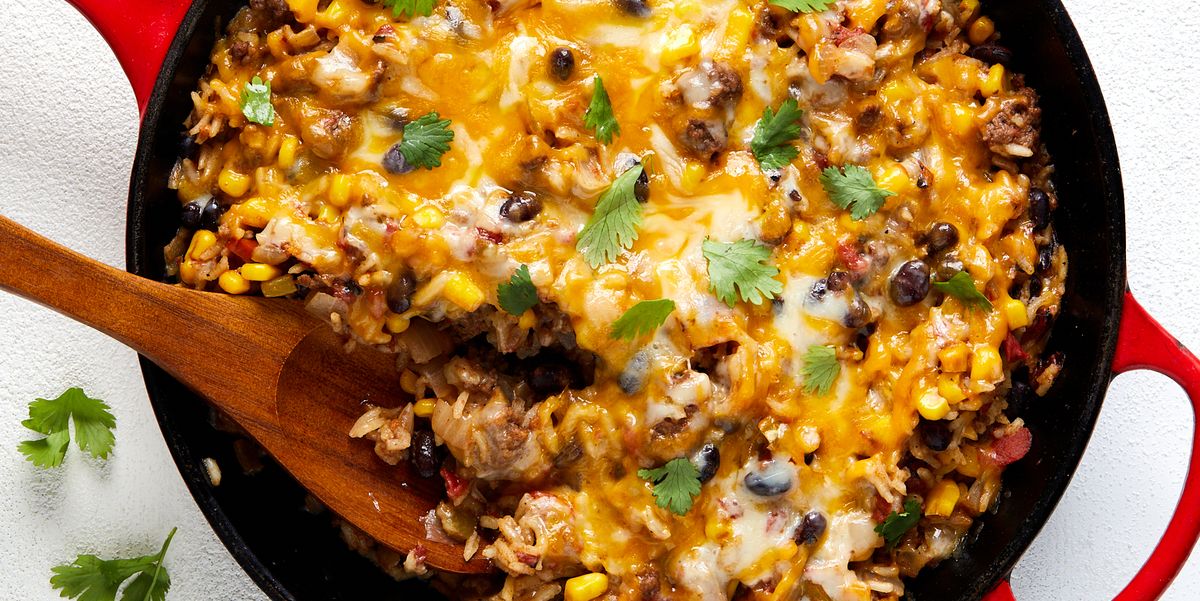
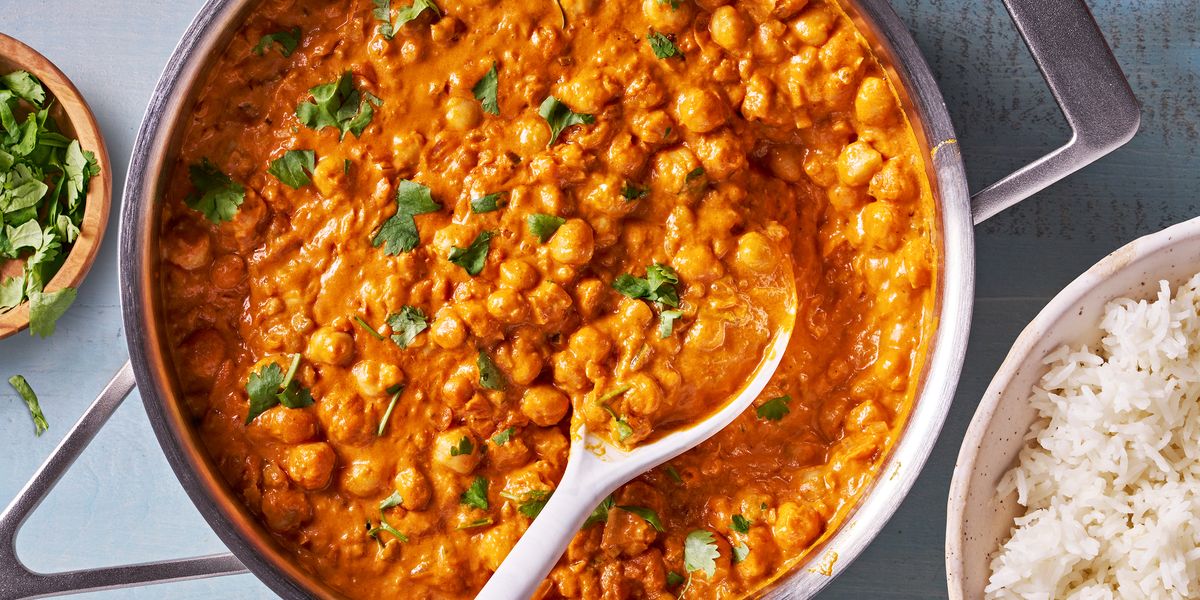
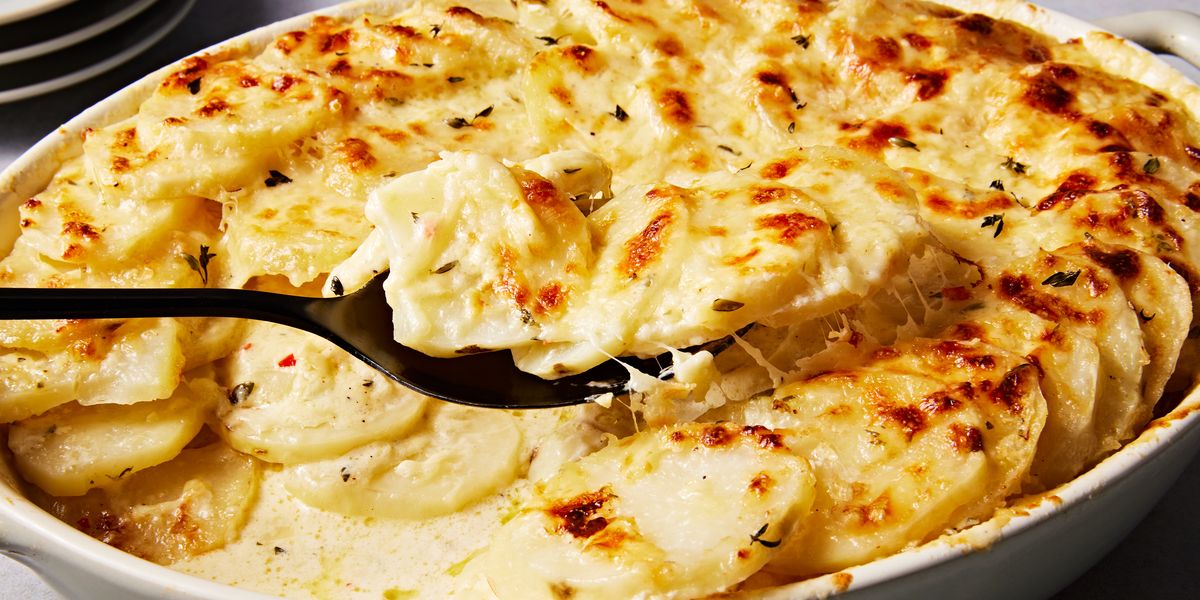








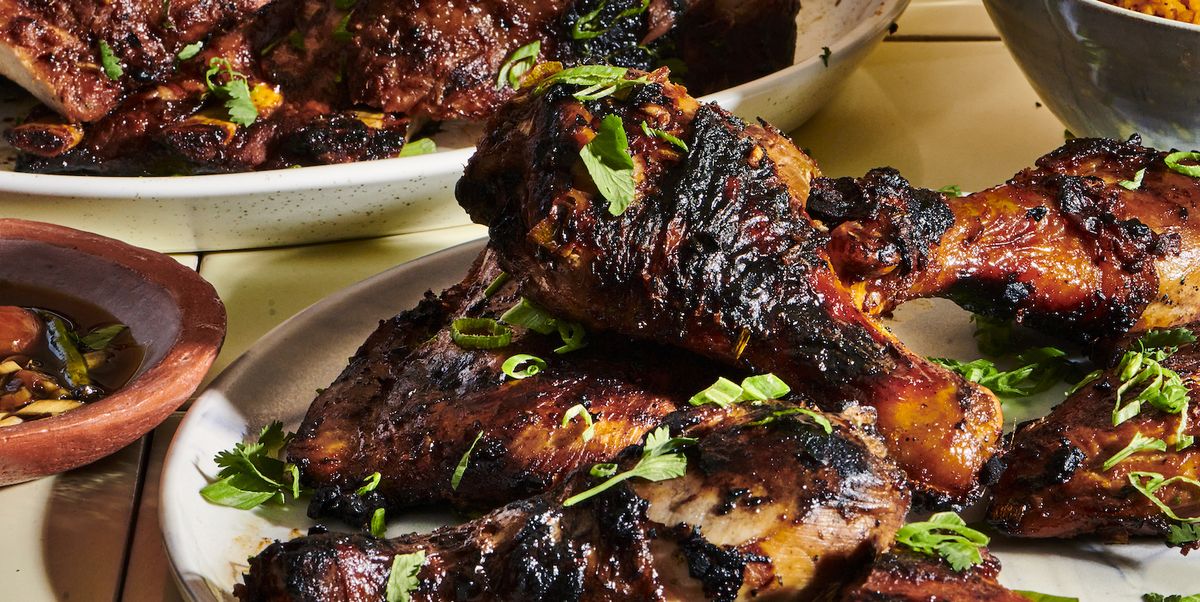
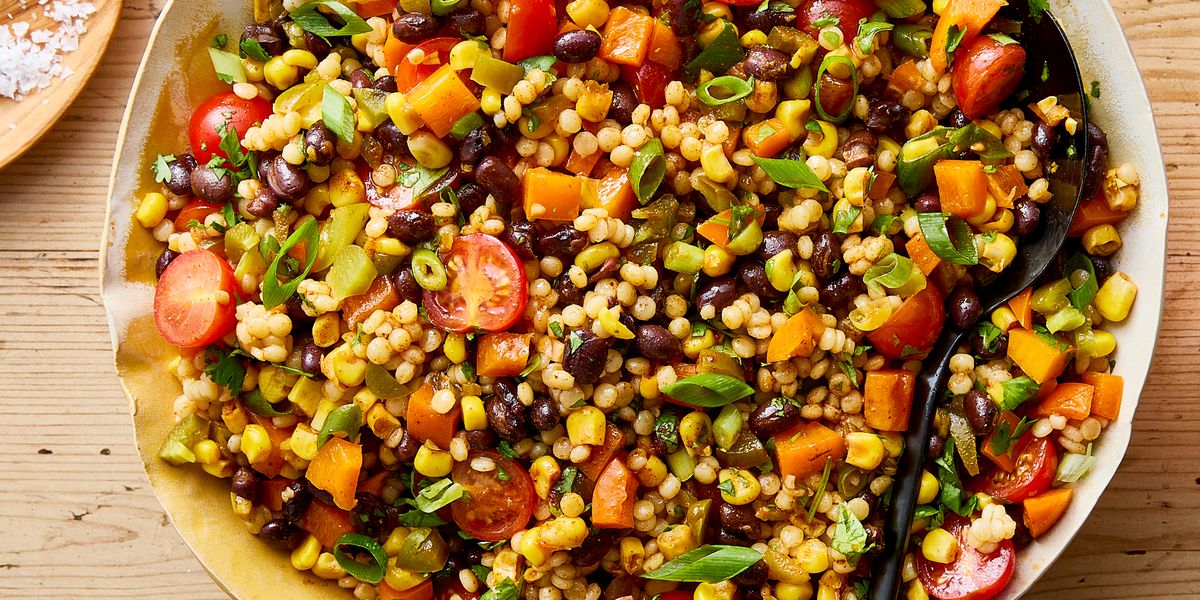
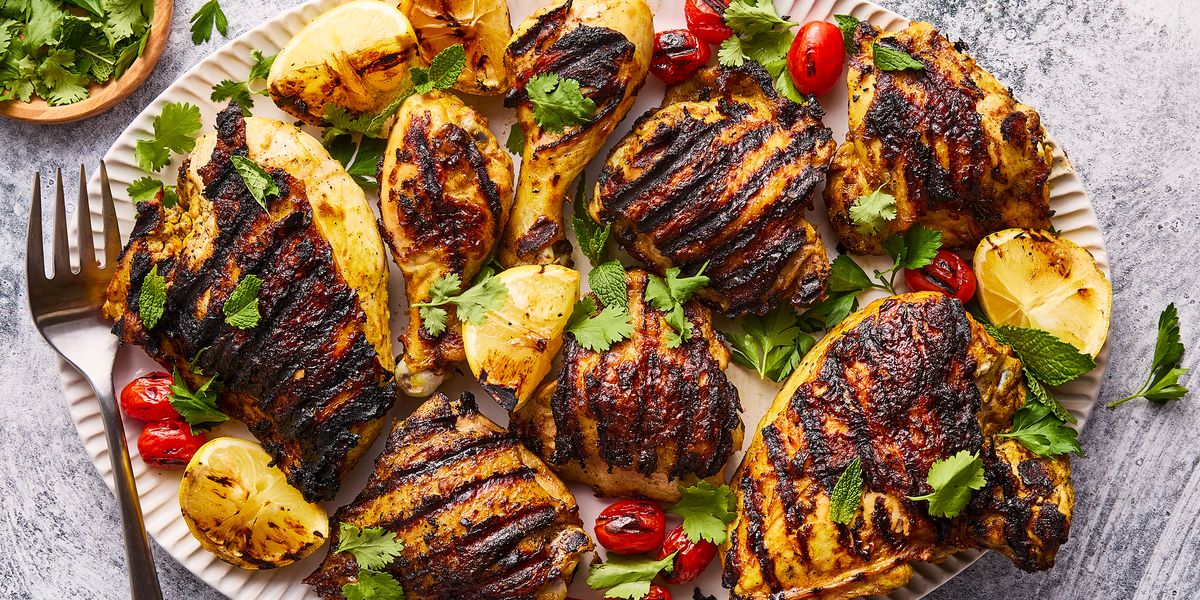


Leave a Reply